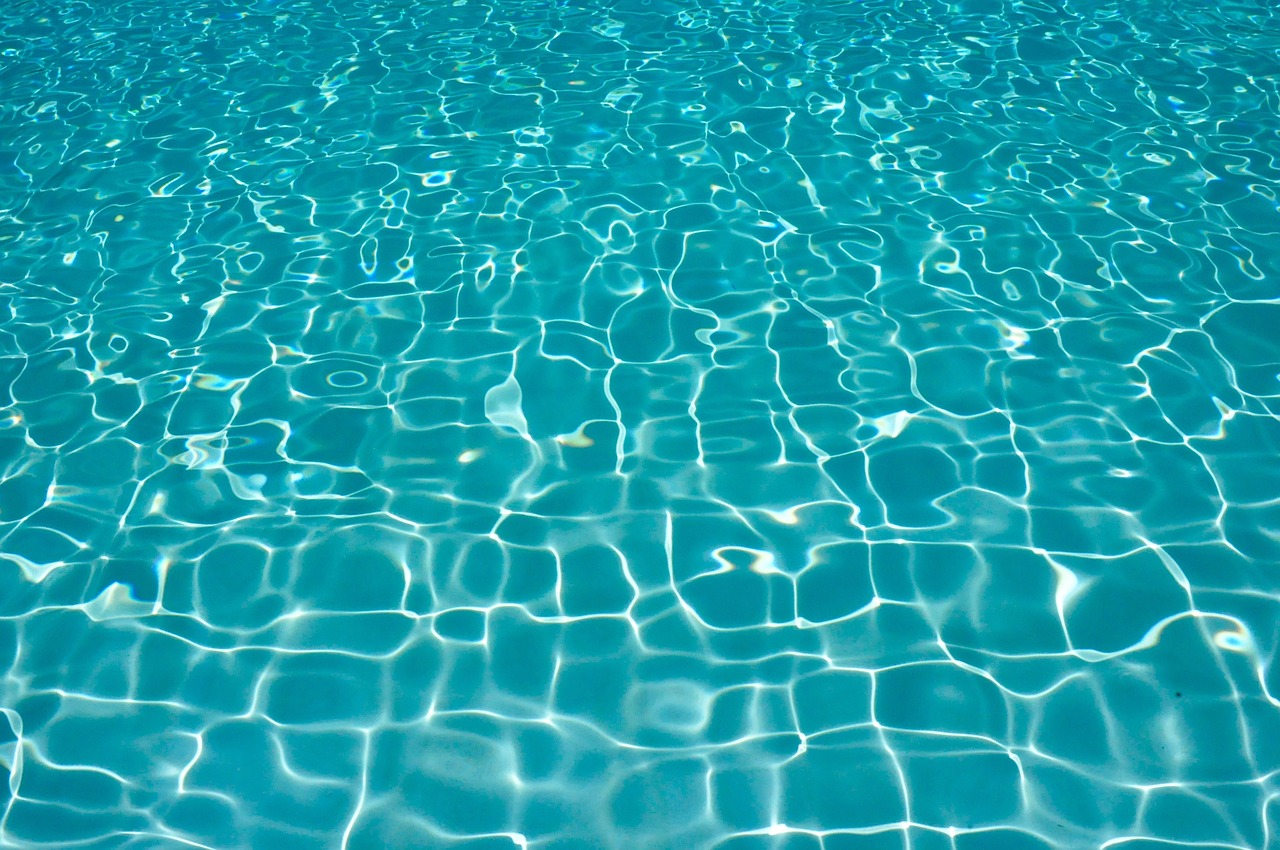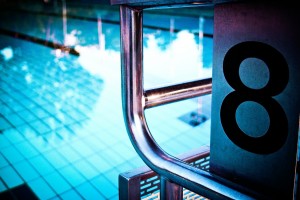 (412) 364-9114
(412) 364-9114

Your in-ground pool is a great pleasure to your entire family…3 months out of the year. Installing a pool heater will allow your family to use your pool heater in times of cool weather as well as hot. We’re posting this step-by-step tutorial to teach you how to install a standard pool heater. To do this, you’ll want to be comfortable working with water and gas lines. If you’re not an accomplished DIYer, seek professional help for this task.
Picking the right gas heater for your pool isn’t as easy as it sounds. You’ll want to take into consideration the size and efficiency of the heater. Gas heaters are measured in BTUs, a unit of energy needed to heat water. The number of BTUs for your pool heater will be directly proportional to the size of the pool in gallons and the surface area of the water.
To determine the exact size of pool heater that is right for your pool, check out this graph or this online calculator. If you’re thinking about using a solar cover with your pool heater, you may get by with a smaller sized heater, but you should check with a pool contractor to be sure.
The efficiency of the unit you pick will have an impact on the cost of running the pool heater. The US Department of Energy explains on their website how efficiency works. An 80% efficient pool heater will waste 20% of the energy it requires to heat the pool. More simply put: for every $100 you spend on energy to heat the pool, $20 of that is essentially money thrown down the drain.
If you’re trying to spend as little money as possible on heating your pool, pick a unit with a high efficiency rate. For more information about how much money each pool heater will cost to run, take a look at this online calculator.
Once you’ve picked your gas heater, wait for it to arrive before buying any more equipment. When the heater arrives, familiarize yourself with the instructions. The installation instructions should be included with the unit.
Your pool heater will need something solid to sit on, especially if the area where you’ll be installing the heater is dirt or soil. Equipment pads are sold based on the size and weight of the heater. To find out which pad size is right for your heater, check with the specifications before purchasing the pad.
Install the equipment pad about 2 – 5 feet from the pool filter. Check the necessary clearances in the instructions to ensure that the heater is far enough away from all other structures, but place the pad no farther than necessary. Putting your heater farther than necessary from the pool or filter will require you to run extra lengths of pipe to hook the heater up, and will be more costly.

To plumb for the installation, you’ll need to attach the heater to the exit pipe on the filter. The output from the heater will be attached to the return line going back to the pool. Use schedule 40 PVC pipe for this. For more information, take a look at the online schematics found here.
The gas line to the pool heater will have to be laid as well. Take a look at Lou Depot’s helpful series of videos about laying in-ground gas lines from your gas meter to the pool heater:
Lou mentions a couple very important points in his videos. First, you’re going to need to size the pipe properly. This natural gas pipe sizing chart will help you pick the right pipe for the pool heater. He also mentions that your gas meter may not be the right size, depending on the size of the pool heater. If it’s necessary, your gas company will do the installation. Contact your gas company for more information.
Your gas heater may still have an electric component like a digital interface, and therefore will need to be plugged in somewhere. Assuming that your other pool equipment is also plugged in nearby, you may be able to use that same outlet for the pool heater. If there are no available outlets, contact a certified electrician to get an installation.
That’s it! Once all these steps are complete, you’ll need to test the unit. Turn on the pool filter and heater, then set the temperature on the heater for a temperature above the current temperature of the pool. If the heater doesn’t first activate the blower and then shortly thereafter light a blue flame to start heating the water, something is wrong.
Again, this is not a beginner-level DIY project. Many different parts of this project must all successfully come together in order for your pool heater to work properly. If you’re not absolutely confident in your ability to do this yourself, see a pool contractor for help. If you need advice or help with the plumbing aspect of this project, contact Terry’s Plumbing. We’re happy to help.
I’d like to thank you for your explanation about pool heater installation. This is actually the kind of information my brother needs at the moment. He has just bought a house with a swimming pool but he preferred to install a pool heater.
need a pool heater installed already have the heater
the old one needs taken out new one installed 4238227322 comfort inn and suites